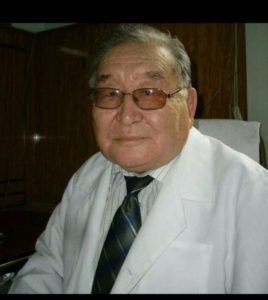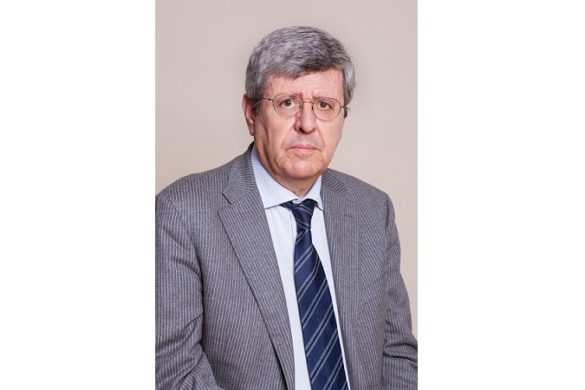Kyrgyzstan is a Central Asia country of incredible natural beauty and proud nomadic traditions, landlocked and extremely mountainous with almost 90% of its territory being 1500 m above sea level. Its capital and largest city is Bishkek.
From the ethnic point of view, Kyrgyz people represent the majority of the country’s, around 5.7 million people, followed by significant minorities of Uzbek and Russians. Kyrgyz language is closely related to other Turkic languages, although Russian remains widely spoken and is an official language. The 64% of population are lives in rural areas. The population is young, with 29% aged 14 years or younger. Kyrgyzstan gained its independence with the dissolution of the USSR in 1991.
The Kyrgyz health system is supported by three principal sources: the public sector (general taxation and mandatory health insurance), private households (mainly in the form of out-of-pocket payments), and external funds from international development agencies. Public healthcare is either inexpensive or free (covered by compulsory medical insurance fund). The private sector is mostly financed by out-of-pocket payments. Health services are provided by private hospitals, polyclinics, clinics, diagnostic centers, pharmacies and independent practitioners, which are under the inspection, regulation, and licensing of the Ministry of Health.
Before the establishment of the Soviet power in Kyrgyzstan, the governement-organized neurological assistance to the population did not exist. In 1926 Special polyclinic reception of neurological patients was organized. The opening in 1939 of the Kyrgyz State Medical Institute was a significant stimulus for the further development of science and public health of the Republic. Only in November 1941, with the evacuation of the Kharkov Medical Institute, the Department of Nervous Diseases was established. It was organized and headed by Professor G.D. Leshchenko (1941- 1945) and Professor B.S. Beilin (1945 – 1958). Their clinical research and scientific thoughts were the first starting point for the research activities of neurologists in Kyrgyzstan. From 1958 to 1970, the head of the department was, Professor A.F. Usmanova. The name of this scientist can be associated with the emergence of such a direction in medicine as a child neurology in Kyrgyzstan.
From 1970 to present the head of the Neurology and Medical Genetics Department of the Kyrgyz State Medical Academy is the academician of the National Academy of Sciences of the Kyrgyz Republic, Professor A.M. Murzaliev.
To become a neurologist in Kyrgyzstan, one has to go through 6-year training of medicine and after examination obtain a Medical Doctor degree. After that, one has to finish 2 year of internship in a rural area, and then pass a competitive examination to enter the residency training program in a chosen specialty. At the end of 2 years of residency in neurology, one will have the final medical and the specialization degree. Our medical and neurological educational training is provided in Kyrgyz, Russian languages.
In 1999 The Kyrgyz Scientific Medical Neurological Society (KSMNS) was established, located in Bishkek. The current president of the KSMNS is Prof. Murzaliev. The KSMNS is a non-profit organization and aims to elevate and promote neurology in Kyrgyzstan with research, lectures, announcements and to promote the relationship with other international neurological societies. The KSMNS organizes conferences with interesting subjects on neurology and attendees and speakers from around the world.
Prepared by:
Asel Jusupova, MD, PhD, Assistant Professor of Neurology Department of Kyrgyz State Medical Academy
Kunduz Karbozova, MD, Assistant Professor of Neurology Department of Kyrgyz State Medical Academy













